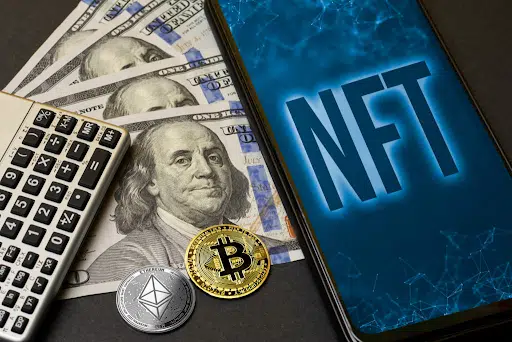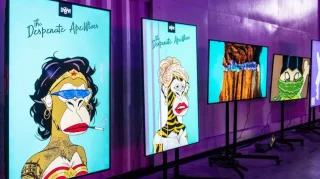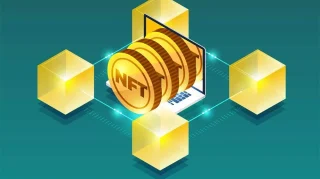Digital assets such as works of art, songs, gaming items, and films can be converted into NFTs. They trade hands digitally and are often purchased using digital currencies; their underlying software is similar to that used to create numerous cryptocurrencies. Despite having been established since 2014, NFTs are currently seeing a surge in fame as a means of transacting in digital art. Since November 2017, investors have poured $174 million into NFTs. Additionally, NFTs are often one-of-a-kind or numbered in a minimal production run. “Essentially, NFTs generate digital scarcity,” explains Arry Yu, managing director of Yellow Umbrella Ventures and head of the Washington Technology Industry Association’s Cascadia Blockchain Council.
Contrast this with digital works, which often have a limitless supply. In theory, if there is demand for an asset and production is suddenly halted, the item’s value should increase. However, many NFTs, at least in the beginning, have been digital creations that already exist in some form elsewhere, such as famous video clips from NBA games & securitized copies of digital art that are already circulating on Instagram.
What’s the deal with NFT?
Having established foundational knowledge of NFTs, you should investigate their operational specifics. The Ethereum cryptocurrency blockchain is where the vast majority of NFTs are now stored. The data included in NFTs is unique to each token. They may be purchased and sold like any other tangible art since their worth is essentially determined by supply and demand. The ownership of NFTs and the transfer of tokens between owners may be easily verified and validated due to the NFT’s unique data.
The rising acceptance of NFTs begs the question: why?
Although NFTs have been since 2015, their popularity is growing for several reasons. To begin with, the mainstreaming and enthusiasm surrounding cryptocurrencies and their underlying blockchain frameworks. Aside from technology, there is the intersection of fanaticism, royalty, and scarcity. Consumers are eager to participate in the trend of purchasing rare digital content with the hope of later reselling or holding on to it as an investment. Someone who buys a non-fungible token becomes the content’s owner, but the content can still be shared widely online. An NFT can rise in value in this way because its online visibility increases as its value rise. The creator receives 10% of the asset’s sale price, the platform gets a small percentage, and the current owner keeps the rest. In this way, buying and selling well-liked digital assets can provide a steady income stream.
The whole point of NFTs is their verifiable authenticity. Thanks to the blockchain, digital collectables can be easily verified and stand out from the crowd among NFTs thanks to unique identifying data embedded within the asset. There is no point in making and circulating counterfeit collectables because they can all be easily tracked back to their true originator. And because no two are alike, they cannot be traded directly with one another (much like real-world baseball cards).








